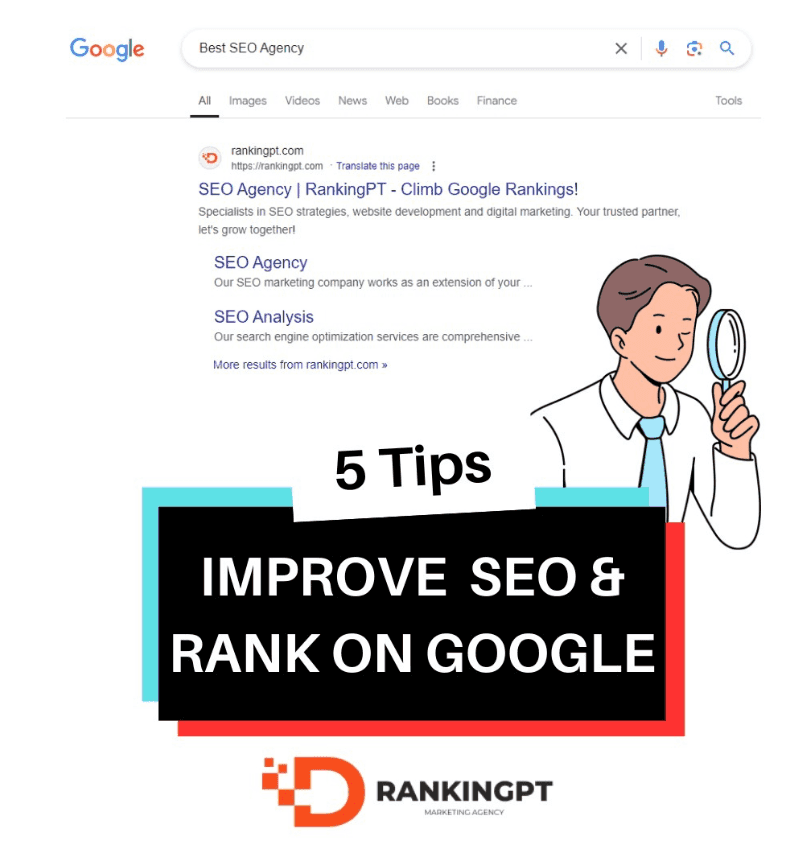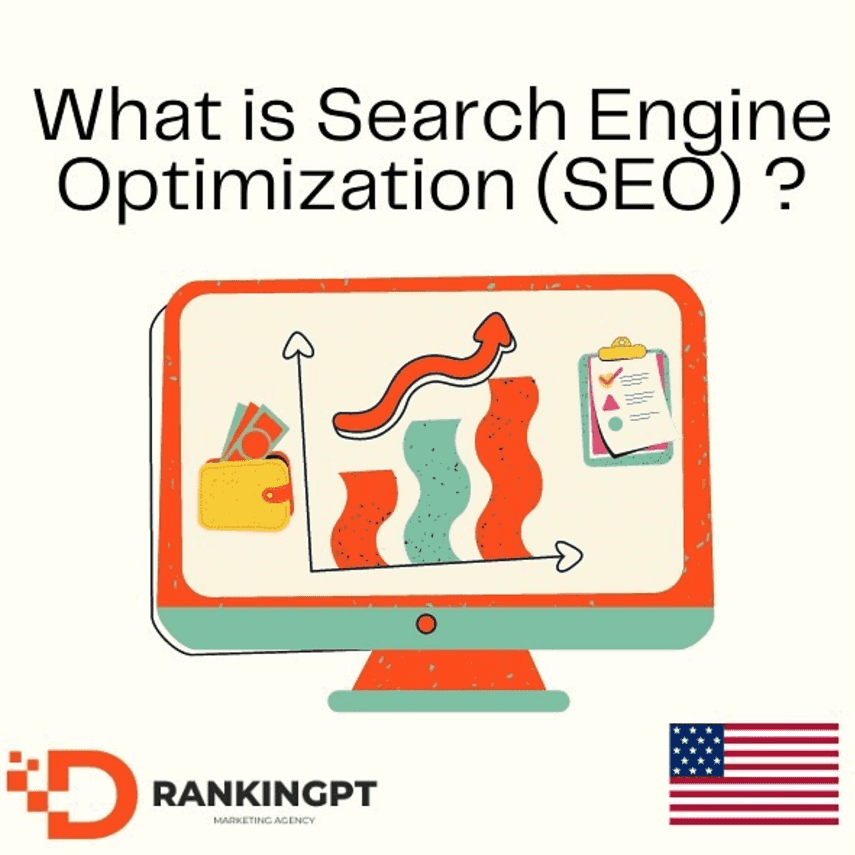Quantity vs Quality of Links: What’s More Important in Digital PR?
Digital PR has undergone significant changes in recent years, evolving from its traditional roots in offline media to embrace modern tactics like SEO.
Securing backlinks has always been a cornerstone of Digital PR strategies, but the emphasis has shifted. While link-building efforts once focused on sheer volume, today the quality of links holds far greater value.
Despite this shift, a misconception remains that more links automatically equate to better SEO performance. In this blog, we’ll explore why link quality outweighs quantity, the reasons behind this evolution, and how to assess the true value of a link.
The Shift to Quality Links in Digital PR
In the early days of Digital PR, a large volume of backlinks was considered a strong indicator of authority. However, this approach often relied on black-hat SEO tactics, leading to irrelevant and low-quality content ranking higher.
The game changed with the introduction of Google’s Penguin update in 2012. Algorithms prioritized link quality over quantity to ensure trustworthy and credible websites ranked higher in search results.
Today, the industry is more competitive, and earning high-quality links requires greater effort. Publications have become more selective about the links they include, understanding their impact on SEO and the risks of linking to spammy sites.
The Risks of Prioritizing Quantity Over Quality
Low-quality links won’t necessarily harm your site—unless they’re spammy or part of black-hat practices—but they’re unlikely to contribute meaningfully to your SEO performance. Google often ignores such links, rendering them ineffective.
Focusing solely on hitting a numerical target for backlinks, regardless of quality, can waste valuable time and resources without delivering tangible results.
Key Factors That Define Link Quality
1. Relevance
Relevance is a critical component of high-quality links. For example, a gardening website linking to a financial services page lacks contextual relevance, while links from niche-related sites signal authority.
Regional and local publications can add value if they align with your business location. Links from reputable general publications with relevant niche sections, like a fashion brand featured in a major newspaper’s style section, are equally impactful.
2. Reputation and Trustworthiness
High-quality links come from authoritative and trustworthy sources. Metrics like organic traffic and domain age can help assess a site’s reliability. Securing links from well-known publications can boost both credibility and SEO impact.
3. Contextual Value
The surrounding text and anchor placement enhance a link’s value. Ideally, the anchor text should be concise and relevant, helping readers and Google understand the link’s purpose.
Branded anchor text is valuable for building authority, while overusing keyword-rich anchors can signal spam. Including spokesperson quotes or company information alongside the link further reinforces trust.
4. Link Type
A “follow” link passes link equity to your site, directly impacting SEO rankings. While “no-follow” links don’t pass link juice, they still drive traffic and contribute to a natural backlink profile. A mix of link types helps establish authenticity.
5. Target Page
Links pointing to relevant internal pages carry more weight than those linking to a homepage. Providing journalists with the best-suited URLs can enhance contextual relevance.
When Quantity Might Matter
While quality is paramount, there are scenarios where quantity plays a role. Building a foundation of diverse backlinks for new websites can establish an initial online presence. Brand awareness campaigns may also prioritize volume to increase visibility, even if the links are lower quality.
However, these approaches should be short-term strategies, gradually shifting toward acquiring high-quality links for long-term SEO benefits.
Why Achieving Both Quantity and Quality Is Rare
Securing abundant high-quality links is challenging, requiring significant effort, resources, and often a bit of luck. Viral campaigns might attract numerous backlinks, but there’s no guarantee they’ll all be relevant or high-quality.
Instead of chasing numbers, focus on links that value your SEO and branding efforts. Educate clients about the importance of quality over quantity and align your strategy with this principle.
How We Can Help
If you want to improve your link profile but don’t know where to start, our Digital PR team can craft a tailored strategy to secure high-quality links from trusted, relevant sources.
Get in touch to learn more about our Digital PR services and how they can elevate your site’s performance.





